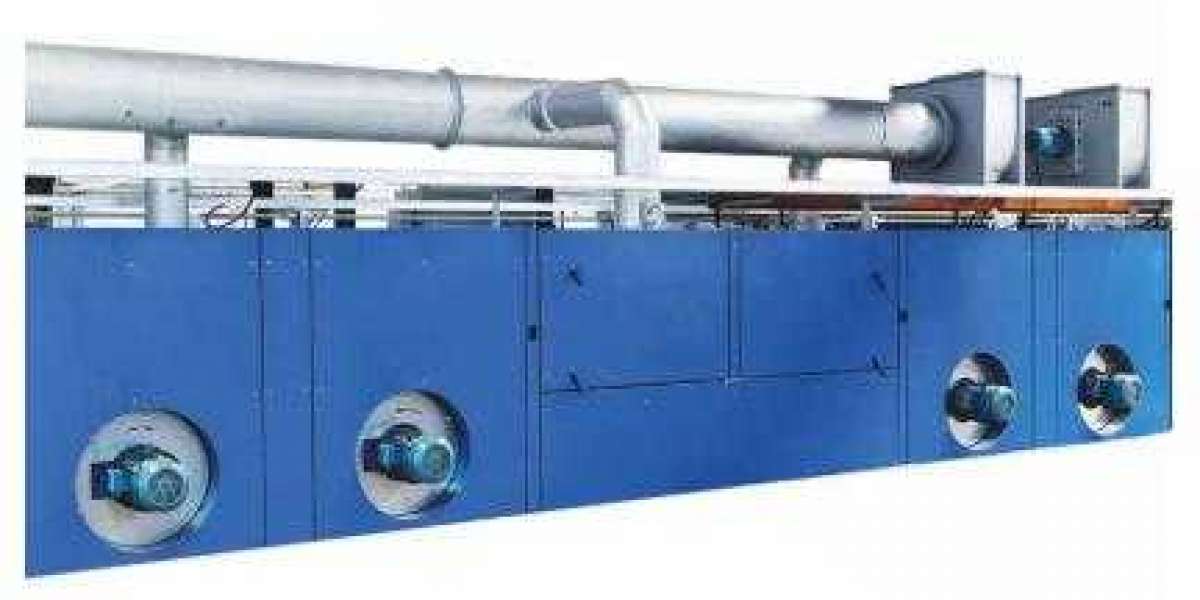Silk screen printing is to transfer and print the graphics and texts on the steel gravure (or photosensitive rubber gravure) onto the substrate through the silk screen head cast by silicon rubber, which can be used for printing on flat surfaces or various molded objects.
The main components of the Flat Screen Printer are: plastic head, oil pan tool set, stepless speed regulation device, switch (run/manual), clamp lifting platform, etc. Because it does not need a traditional air pump air source, and adopts a mechanical transmission system of 220V power supply and electronic stepless speed change, the equipment has good stability, controllable precision, low cost, small size, convenient use and reliable quality.
The key to the quality of a Flat Screen Printer lies in the quality of its components. The quality judgment can be based on the following:
Plastic head
The rubber head should have good ink absorption and deinking properties, good resilience, fatigue resistance, and solvent resistance. The size, shape, softness and hardness of the rubber head should be selected according to the chart or the actual model provided by the supplier, and then a model specification is determined according to the actual use and life.
The contact deformation between the plastic head and the substrate should be as small as possible, and its diameter is about 3mm larger than the type. If the printing plate has many thin lines, the plastic head should be relatively soft. The squeeze depth between the rubber head and the substrate must not exceed 1/3 of the height of the rubber head, otherwise the rubber head is easy to damage and the ink sheet is deformed and blurred. There is a layer of release agent on the surface of the newly purchased rubber head, which should be cleaned with a clean cloth dipped in ethanol or a plate washing agent before use.
Type of ink
Common inks are often used. This type of ink and additives can print character patterns on plastic rubber, metal glass, nylon canvas and other materials. Its characteristics are low cost, strong adhesion and ideal color. However, it is not applicable to PE/PP, baking ceramics, etc., and the corresponding thinner should be selected according to the pattern text, area size and adaptability of the substrate, and the standard type is generally used.
Fixture design
According to the shape of the substrate, a special fixture should be designed and manufactured to firmly clamp the substrate to ensure printing accuracy and repeatability in the printing process, convenient, simple and safe pick and place operations. For a large number of printed products, in order to improve efficiency, a conveyor belt structure can be designed.
scraper
The quality evaluation indicators of the scraper mainly include hardness, thickness, elasticity, and flatness of the knife edge. Generally, a flat steel belt with better elasticity of 0.25mm is used as a scraper. The cutting edge should be sharp, smooth, and straight, which can closely match the steel plate surface. If the blade edge of the squeegee is not sharp or damaged, it will cause the ink to be unclean and stick to the edge of the graphic or produce squeegee ink marks, and the severe printing plate will be scratched. When in use, the squeegee should be at a certain angle with the printing plate to prevent the squeegee from falling to the recess of the printing plate, causing excessive damage to the graphics and text. The length of the scraper should be greater than the width of the pattern text close to the steel plate. The pressure of the squeegee should be as small as possible on the premise of scraping off the non-graphic part of the ink on the printing plate.
In summary, every component is indispensable in the composition of Stenter. The quality of the component determines the quality of Stenter, so it is necessary to judge its quality.



